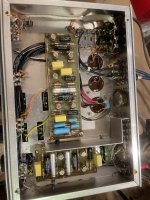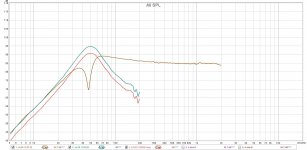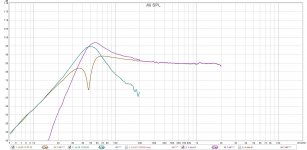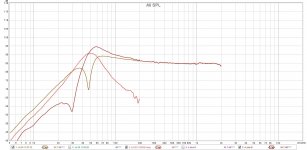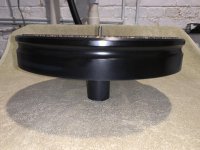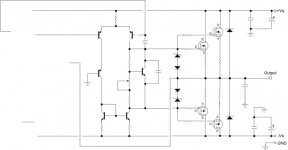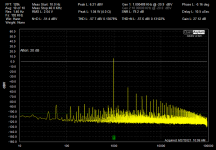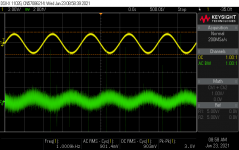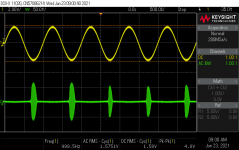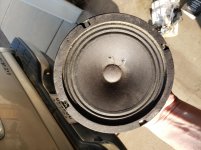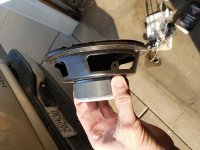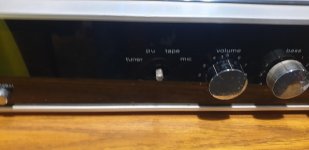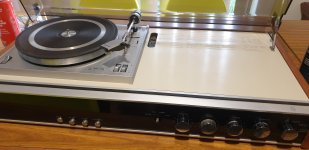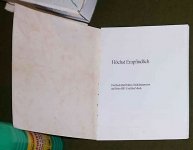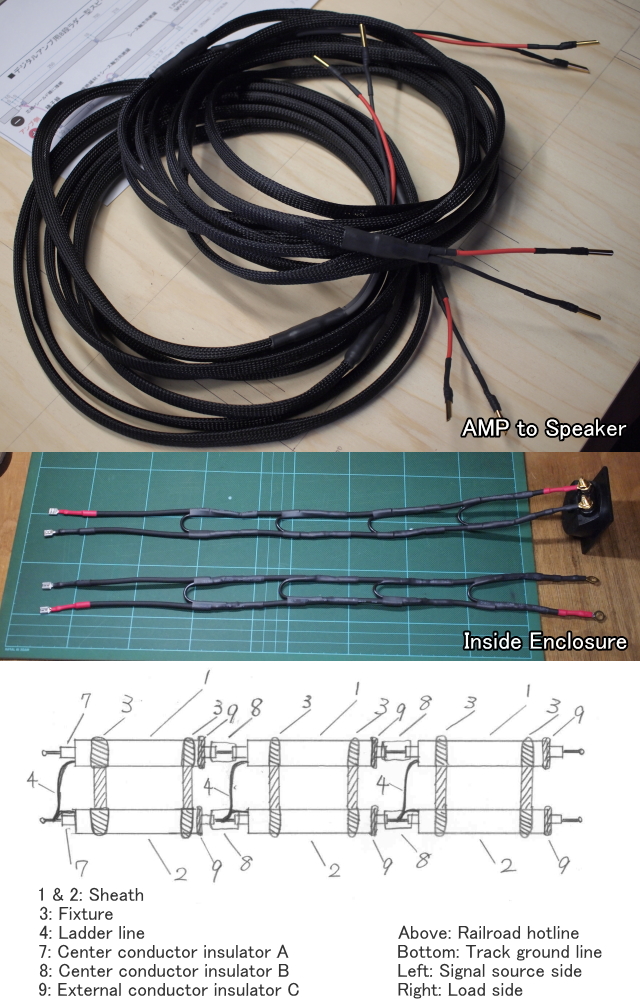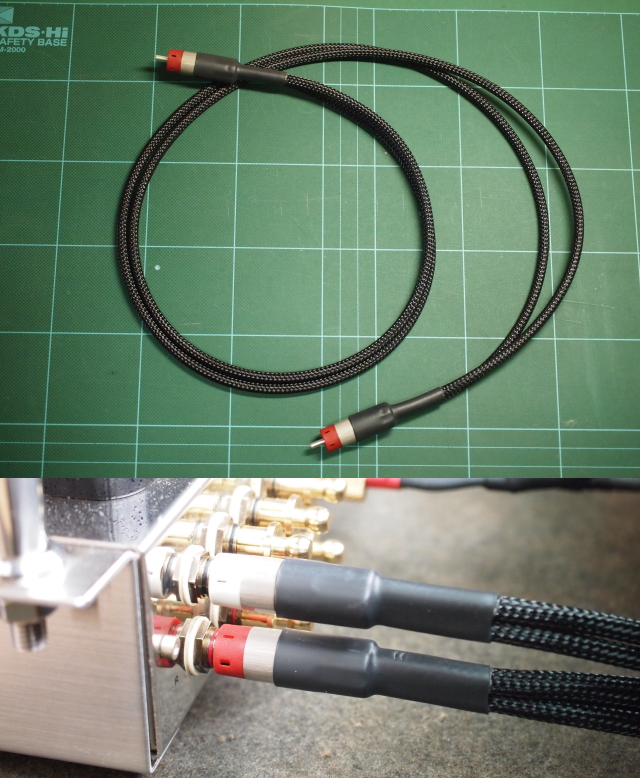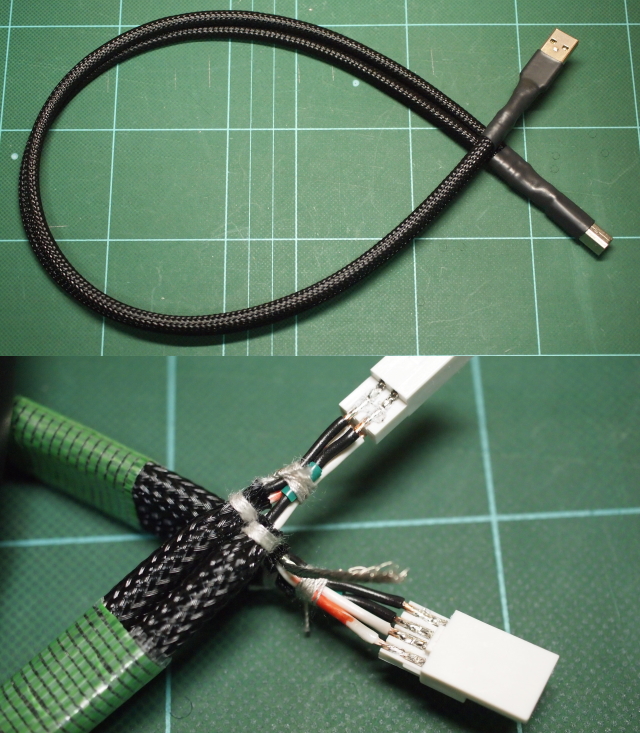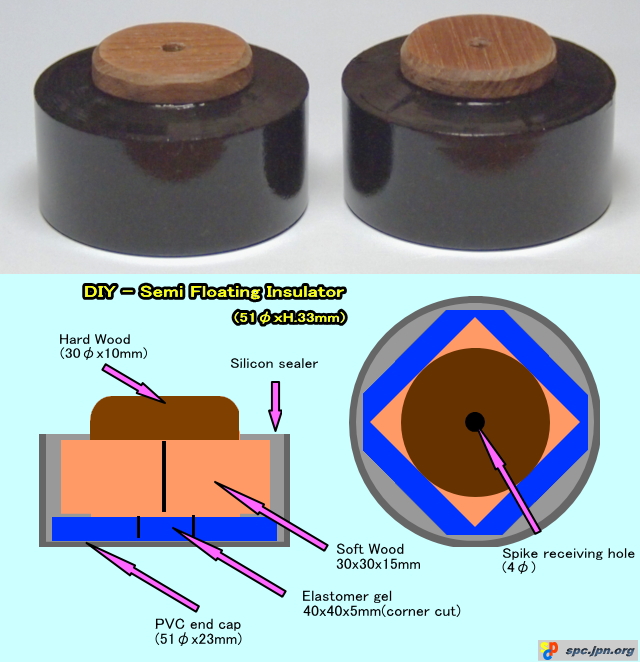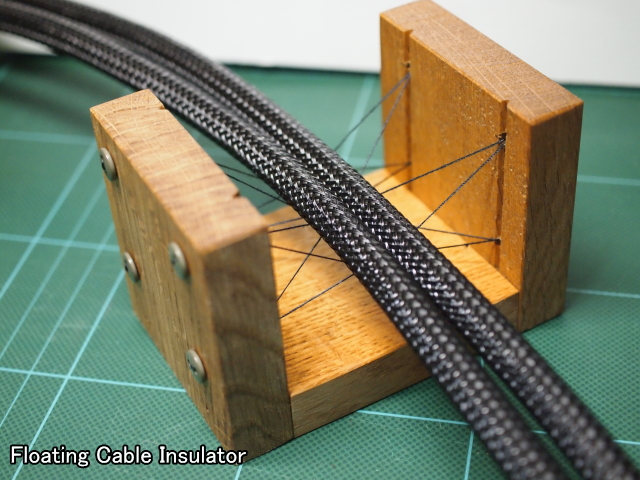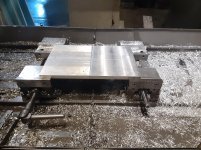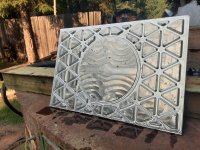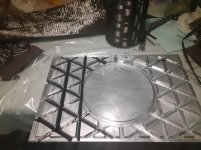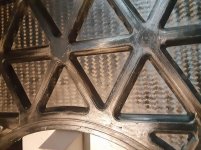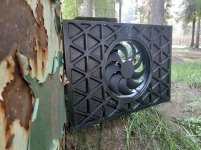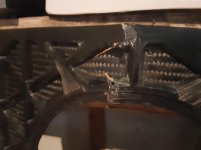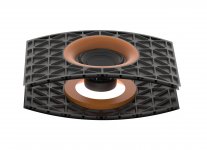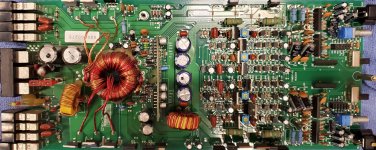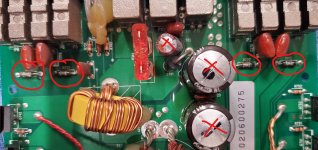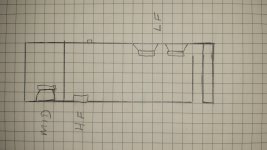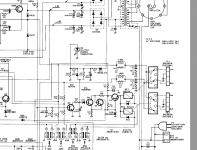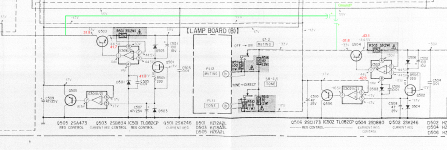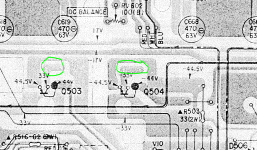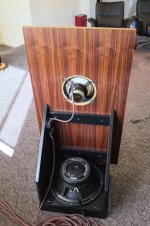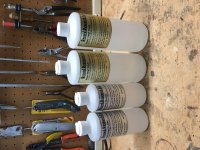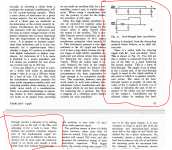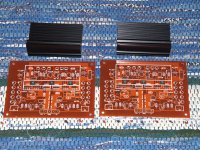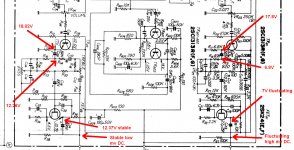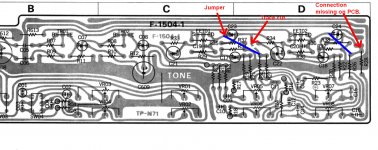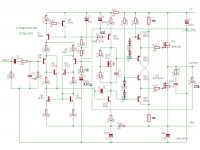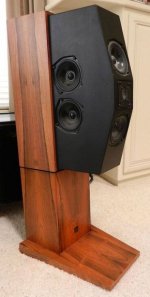Need enclosure sugestion for Mark Audio CHR 120
- By Edu cbm
- Full Range
- 6 Replies
Hello,
I never heard a good full range speaker.
I´m from Brazil and here we dont have quality speakers for "home use" because the audio market here only have products for automotive (focused on SPL) or outdoor professional big events
I am thinking in buy from Madisound a pair of Mark Audio CHR 120 because i read that its have a very good bass extension, and it is what i am looking for
and i am in doubt whats enclosure would be the best for my use:
i have a small room 15m2
i hear mainly "old jazz" (miles davis, bill evans, jim hall, dave brubeck etc) and Rock (Beatles, Pink Floyd, Rush etc)
and i want an enclosure that could give the more clear and profound bass i could get from this songs
so from all the enclosure sugestions founded in the Mark Audio site ( CHR-120 | Markaudio )
what will be the one that probably will fit better in my room and in my expectations?
do you think i will be good have a subwoofer to help too?
PS: if there is another speaker in Mark audio (or other manufacturer) instead of CHR 120 that is better for what i want please let me know too
I never heard a good full range speaker.
I´m from Brazil and here we dont have quality speakers for "home use" because the audio market here only have products for automotive (focused on SPL) or outdoor professional big events
I am thinking in buy from Madisound a pair of Mark Audio CHR 120 because i read that its have a very good bass extension, and it is what i am looking for
and i am in doubt whats enclosure would be the best for my use:
i have a small room 15m2
i hear mainly "old jazz" (miles davis, bill evans, jim hall, dave brubeck etc) and Rock (Beatles, Pink Floyd, Rush etc)
and i want an enclosure that could give the more clear and profound bass i could get from this songs
so from all the enclosure sugestions founded in the Mark Audio site ( CHR-120 | Markaudio )
what will be the one that probably will fit better in my room and in my expectations?
do you think i will be good have a subwoofer to help too?
PS: if there is another speaker in Mark audio (or other manufacturer) instead of CHR 120 that is better for what i want please let me know too
